Can Fusion Energy Solve the World's Power Crisis?
19 November 2024
The world is facing a monumental energy crisis. With the growing population, industrialization, and increasing demand for electricity, our reliance on fossil fuels has reached a tipping point. Climate change, pollution, and resource depletion are pushing us to find alternatives. But what if there’s a solution that could provide near-limitless, clean, and safe energy? Enter fusion energy.
You might have heard about fusion energy in sci-fi movies or maybe even during some scientific discussions. But what exactly is it, and can it really solve the world’s power crisis? Let's break it down.
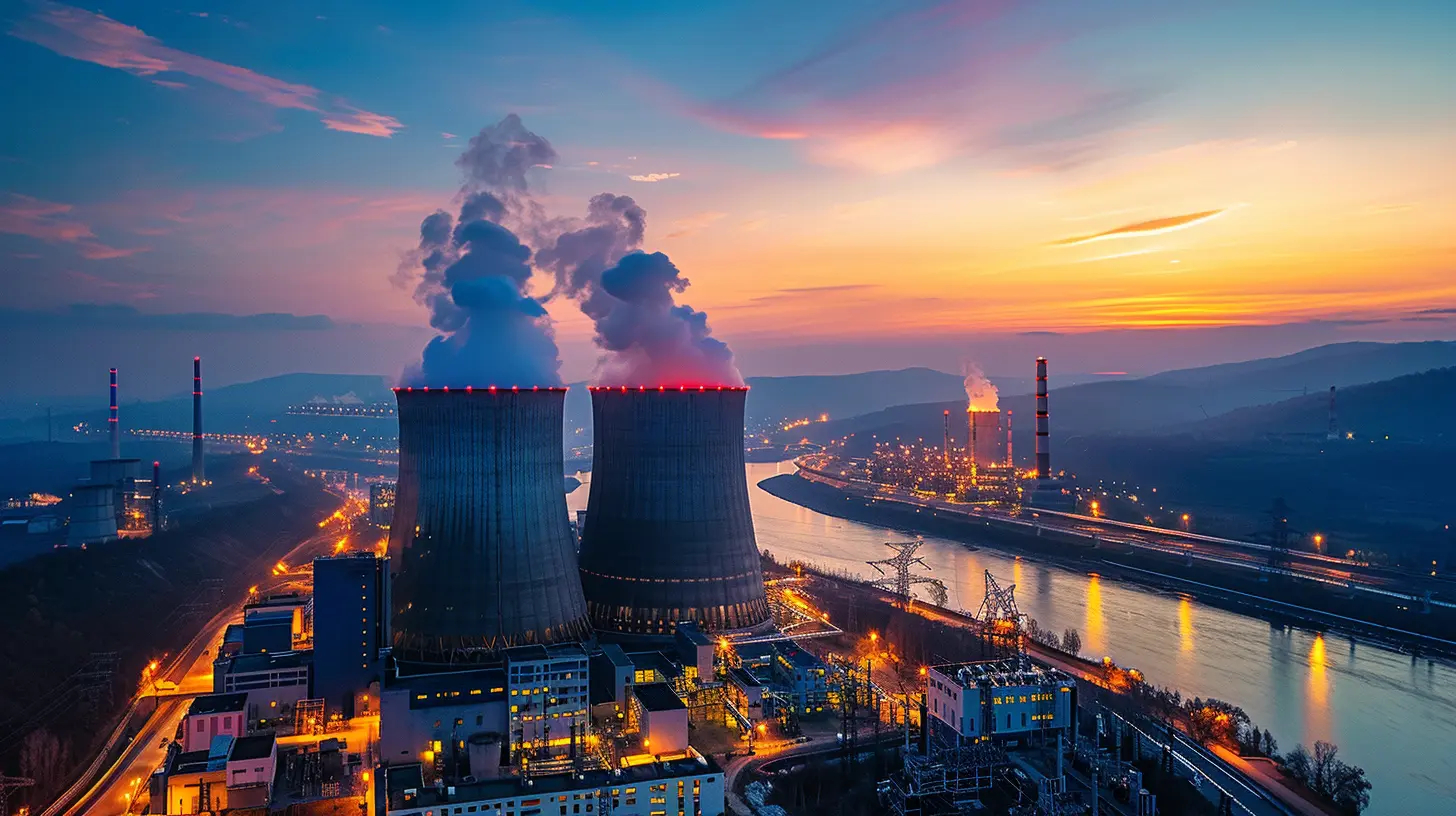
What is Fusion Energy?
First off, fusion energy isn’t some futuristic fantasy; it’s actually based on the same process that powers the sun! Fusion occurs when two light atomic nuclei combine to form a heavier nucleus, releasing a tremendous amount of energy in the process. This is different from fission (which powers our current nuclear reactors) where large nuclei are split apart.To put it simply, fusion is like smashing two hydrogen atoms together to create helium and a ton of energy. It's the stuff that powers stars, and scientists have been trying to harness this reaction on Earth for decades.
Fusion is often called the "holy grail" of energy. Why? Because it has several advantages that set it apart from conventional energy sources, both renewable and non-renewable.
Why Fusion Energy is So Promising
1. Virtually Unlimited Fuel Supply: The primary fuels for fusion are isotopes of hydrogen, such as deuterium and tritium. Deuterium can be extracted from seawater, and tritium can be bred from lithium. With oceans covering over 70% of the Earth, fusion offers an almost inexhaustible fuel supply.2. Minimal Environmental Impact: Unlike fossil fuels, fusion produces no greenhouse gases. It also avoids the long-lived radioactive waste problem associated with current nuclear fission reactors. The byproduct of fusion is helium, which is a completely harmless gas.
3. No Risk of Meltdown: One of the greatest fears with nuclear energy is the potential for a reactor meltdown (think Chernobyl or Fukushima). Fusion reactors, in contrast, can’t undergo catastrophic failure because the conditions needed for fusion are so extreme that any disturbance immediately halts the reaction. It’s inherently safe.
4. High Energy Yield: Fusion reactions release far more energy than chemical reactions, like burning coal or gas. In fact, a small amount of fusion fuel could produce as much energy as tons of fossil fuels.
Sounds amazing, right? But, if fusion is so great, why aren’t we using it yet?
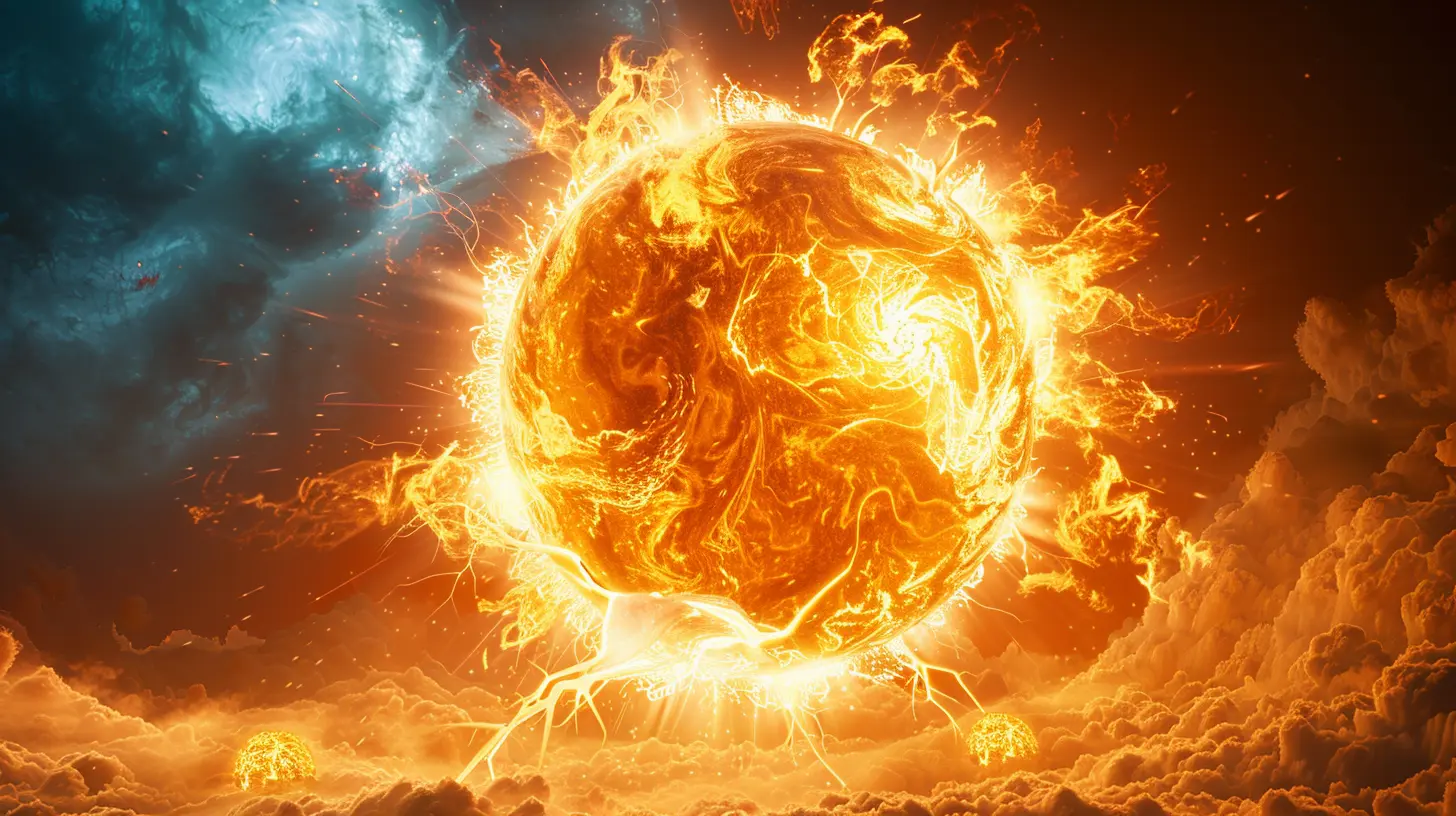
The Challenges of Achieving Fusion Energy
While the idea of fusion energy seems like the ultimate solution, it's easier said than done. There are a few major hurdles that scientists and engineers have been grappling with for decades.1. Achieving Extremely High Temperatures
To get atoms to fuse, you need to overcome their natural repulsion. This means heating the fuel to temperatures of around 150 million degrees Celsius—that’s about 10 times hotter than the core of the sun! And not only do you need to reach those temperatures, but you also need to maintain them long enough for fusion to occur.2. Containment
How do you hold onto something that’s hotter than the sun? Traditional materials would melt instantly. Scientists are working with magnetic confinement systems, like the tokamak, which uses powerful magnetic fields to trap hot plasma (the superheated state of matter where fusion occurs). But keeping the plasma stable and contained is a huge challenge.3. Energy Input vs. Output
Right now, it takes more energy to initiate and sustain a fusion reaction than the energy we get out of it. The goal is to reach break-even—a point where the energy output equals the energy input. But ideally, we want net gain, where the fusion reaction produces more energy than we put in. We’re getting closer, but we’re not quite there yet.4. Cost and Infrastructure
Building a fusion reactor is expensive. We're talking billions of dollars in research, development, and construction. The most ambitious fusion project to date, ITER (International Thermonuclear Experimental Reactor) in France, is a collaboration between 35 countries and has been in development for years. The goal is to demonstrate the viability of fusion energy on a large scale, but it’s still a long way from being an operational power plant.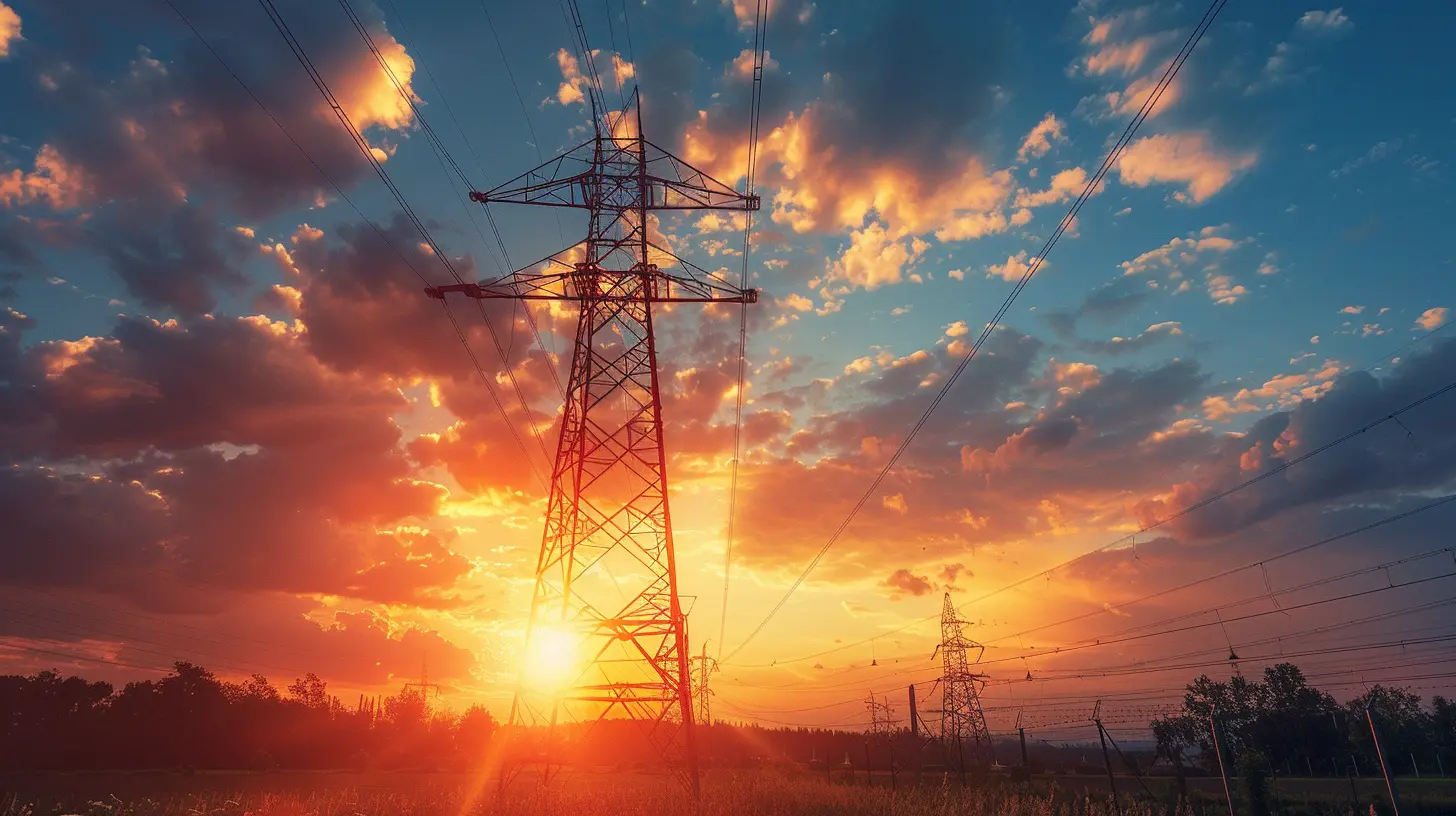
The Race Towards Fusion: Are We Getting Close?
You might be wondering, "Okay, but when will fusion energy become a reality?" Well, it's tricky to predict an exact timeline. However, recent advancements suggest we could be inching closer.ITER: The Flagship Project
ITER is the world’s largest and most advanced fusion experiment. Its goal is to show that fusion can work at a large scale and produce more energy than it consumes. If successful, ITER could pave the way for the first generation of fusion power plants, potentially by the 2030s.Private Companies Enter the Fray
In addition to government-funded projects like ITER, private companies are also investing in fusion energy. Companies like Commonwealth Fusion Systems, Helion Energy, and Tokamak Energy are working on smaller, more innovative approaches to fusion. These companies hope to commercialize fusion energy within the next decade or two, with the potential for smaller-scale, more cost-effective fusion reactors.Laser Fusion: A Different Approach
Another approach to fusion is inertial confinement, which involves firing powerful lasers at a small pellet of hydrogen fuel. The National Ignition Facility in the U.S. has been working on this concept and, in 2022, made significant progress by achieving a record-breaking amount of fusion energy. While still experimental, this method could offer another pathway to achieving practical fusion energy.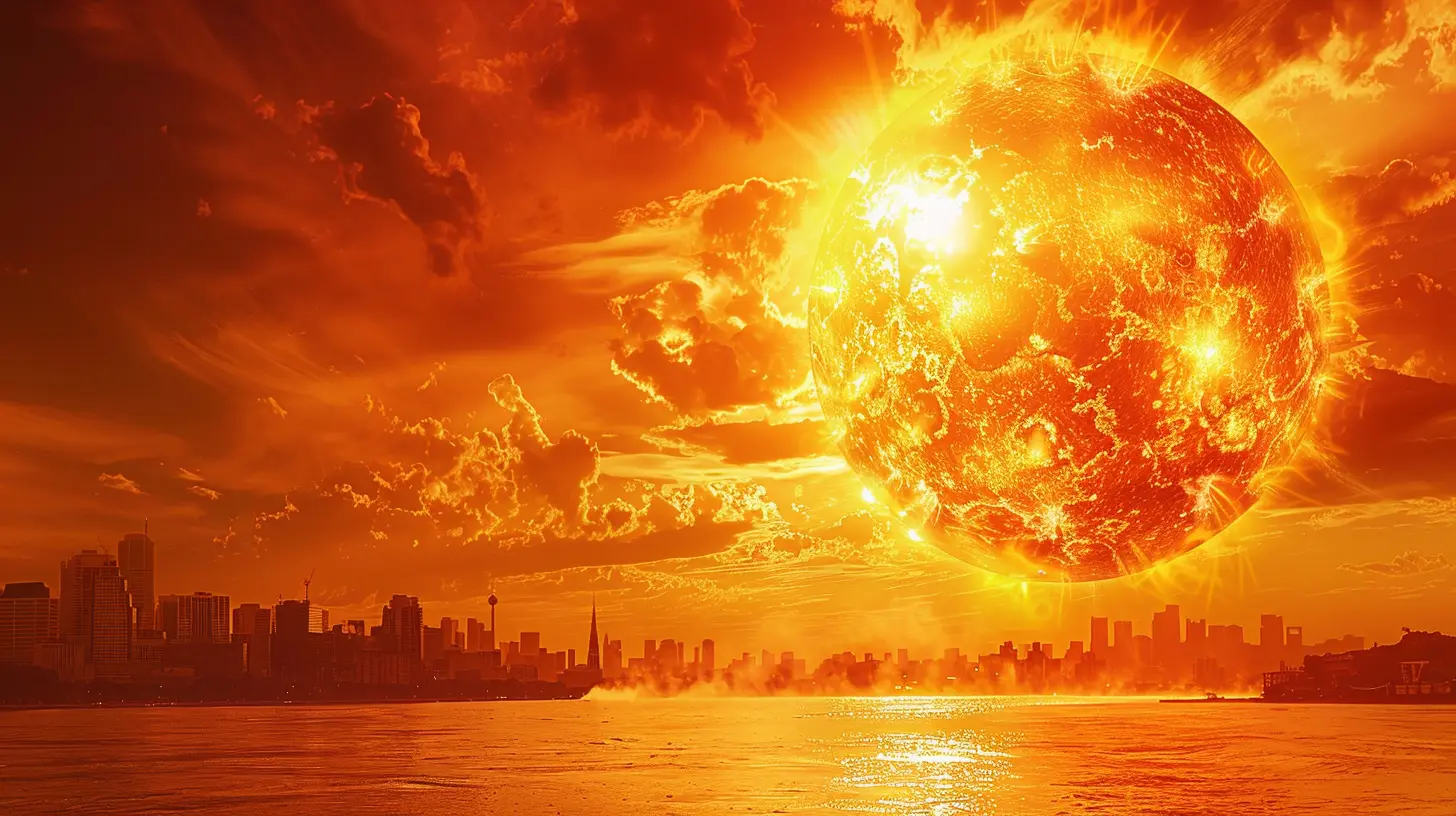
Could Fusion Really Solve the World's Energy Crisis?
Alright, now that we’ve covered the basics of what fusion energy is, the challenges, and the advancements, let’s get to the big question: Can fusion energy solve the world’s power crisis?In theory, yes. If we can overcome the technical and economic hurdles, fusion has the potential to provide humanity with an almost limitless, clean, and safe source of energy. It could revolutionize the way we power our homes, cities, industries, and even entire countries.
Imagine a world where energy is no longer a limiting factor. Where every country, regardless of its resources or geography, has access to a reliable and sustainable energy source. No more fossil fuel dependence, no more greenhouse gases, and no more energy-related geopolitical conflicts.
Fusion energy could make all of that possible. But, and it’s a big but, we’re not quite there yet. Fusion energy is still in the research and development phase. Even the most optimistic projections suggest it could take decades before fusion becomes a practical energy source on a global scale.
In the meantime, we can't sit around and wait for fusion to save the day. We need to continue investing in other renewable energy sources like solar, wind, and hydropower. These technologies are already available and can help bridge the gap while fusion matures.
The Future of Fusion Energy
The road to fusion energy is long and challenging, but the potential rewards are enormous. It could fundamentally change the way we think about energy and power. While we’re still some years away from commercial fusion reactors, the progress being made is promising.The world’s energy crisis is real, and it’s urgent. Fossil fuels are finite, and their environmental impact is devastating. While renewables offer part of the solution, they have limitations in terms of storage, scalability, and intermittency. Fusion energy, on the other hand, could provide the consistent, scalable, and sustainable energy source we need to meet the demands of the future.
So, can fusion energy solve the world’s power crisis? It has the potential to, but it’s not the silver bullet—yet. We’ll need to combine fusion with a mix of other renewable energy sources to truly achieve a sustainable and bright energy future.
all images in this post were generated using AI tools
Category:
Emerging TechnologiesAuthor:

Vincent Hubbard
Discussion
rate this article
20 comments
Roxie McGillivray
In fusion's dance, hope ignites, Stars whisper secrets of endless nights. With dreams entwined in light's embrace, Can we harness power's grace? A brighter future, we shall chase.
April 3, 2025 at 8:28 PM

Vincent Hubbard
Thank you for your poetic perspective! Fusion energy indeed holds the promise of a brighter, more sustainable future, as we seek to harness its potential to address global power challenges.
Wolf Patterson
It's inspiring to see discussions on fusion energy—its potential could reshape our future. Let's remain hopeful and support innovative solutions for a sustainable world.
February 1, 2025 at 8:16 PM

Vincent Hubbard
Thank you! Fusion energy indeed holds great promise for a sustainable future, and discussions like these are vital for driving innovation and support.
Marissa Sweeney
Intriguing question! If fusion energy can be harnessed efficiently, could we finally achieve sustainable power? I'd love to hear more about the challenges ahead!
January 26, 2025 at 9:39 PM

Vincent Hubbard
Thank you! While fusion energy holds great promise for sustainable power, challenges like achieving net energy gain, maintaining stable plasma, and scaling up technology remain significant hurdles to overcome.
Iris McCarty
Exciting insights! Fusion energy holds great promise for our future!
January 19, 2025 at 2:04 PM

Vincent Hubbard
Thank you! Fusion energy indeed has the potential to revolutionize our energy landscape and address global power challenges.
Clarissa McKenzie
Fusion energy holds immense potential to address the global power crisis due to its abundant fuel supply and minimal environmental impact. However, technical challenges and economic viability must be overcome to realize its promise sustainably.
January 14, 2025 at 4:27 AM

Vincent Hubbard
Absolutely, while fusion energy offers great promise for sustainable power, overcoming technical and economic hurdles is crucial for its successful implementation.
Elowyn Larsen
Fusion energy holds immense promise, but significant challenges remain. While it could potentially revolutionize our energy landscape, we must also prioritize current sustainable solutions and invest in broad energy strategies to address the immediate power crisis.
January 8, 2025 at 4:58 AM

Vincent Hubbard
Thank you for your insightful comment! You’re absolutely right; while fusion energy offers great potential, we must balance our focus on its development with immediate sustainable solutions to effectively tackle the current energy crisis.
Lilith Vaughn
Fascinating topic! If fusion energy truly becomes viable, could it reshape not only our energy landscape but also geopolitical dynamics? I wonder about the technological hurdles still ahead and the timeline for practical implementation. What role will international collaboration play in advancing fusion research? Looking forward to your insights!
January 3, 2025 at 8:05 PM

Vincent Hubbard
Absolutely! Fusion energy has the potential to revolutionize our energy landscape and geopolitical dynamics by providing a nearly limitless, clean power source. While significant technological hurdles remain, international collaboration will be crucial in accelerating research and development. Realistic timelines may vary, but advancements are promising. Thanks for your interest!
Wade Love
Great article! Fusion energy really feels like the light at the end of the tunnel for our power challenges. It’s exciting to think about a cleaner, sustainable future. Fingers crossed for breakthroughs in the near future!
December 30, 2024 at 7:34 PM

Vincent Hubbard
Thank you! I share your excitement about the potential of fusion energy to reshape our future. Here’s to hoping for significant breakthroughs soon!
Ariana Barrett
Fusion energy holds immense potential to address the world's power crisis by providing a clean, virtually limitless energy source. However, significant technological and financial challenges remain. Continued investment in research is crucial for realizing fusion's promise in the near future.
December 27, 2024 at 12:22 PM

Vincent Hubbard
Thank you for your insightful comment! I completely agree that while fusion energy offers great promise, overcoming the technological and financial hurdles is essential for its realization. Continued investment in research is indeed key to unlocking its potential.
Rosanna McEvoy
While fusion energy presents a promising solution for sustainable power, significant technical and economic hurdles remain. It's essential to temper our optimism with realism about its timeline and feasibility for immediate energy needs.
December 24, 2024 at 4:52 AM

Vincent Hubbard
Thank you for your insightful comment! You're right; while fusion energy holds great potential, we must carefully balance optimism with the current technical and economic challenges it faces.
Vanya Riley
This article highlights a crucial topic in our quest for sustainable energy. While the promise of fusion energy is exciting, it’s essential to consider the human stories behind the power crisis. We must prioritize inclusive solutions that ensure everyone has access to clean and reliable energy.
December 14, 2024 at 9:21 PM

Vincent Hubbard
Thank you for your insightful comment! You're absolutely right—while fusion holds great promise, addressing the human aspect of energy access is vital for truly sustainable solutions.
Karly Porter
Fusion energy: the ultimate tech glow-up we didn't know we needed!
December 11, 2024 at 12:12 PM

Vincent Hubbard
Absolutely! Fusion energy could revolutionize our power landscape, providing a cleaner and nearly limitless source of energy. It’s an exciting frontier in solving the world’s energy challenges!
Vesperos Hernandez
Great article! Fusion energy holds incredible promise for our future. It's encouraging to see ongoing research; let’s hope it leads to sustainable solutions soon!
December 9, 2024 at 3:24 AM

Vincent Hubbard
Thank you! I share your optimism about fusion energy's potential to provide sustainable solutions for our future.
Zeal Coffey
Fusion energy holds incredible promise for a sustainable future, potentially transforming how we power our world. As we innovate and invest in this technology, let’s embrace the hope it brings. Together, we can tackle the power crisis and pave the way for a cleaner, brighter tomorrow!
November 27, 2024 at 8:48 PM

Vincent Hubbard
Absolutely! Fusion energy offers a groundbreaking solution to our power challenges, promising sustainability and a cleaner future. Let's continue to invest in this vital technology.
Michelle Chapman
Fusion energy holds immense promise but remains largely experimental. While it could potentially address power shortages, practical and economic challenges must be overcome before it can deliver.
November 27, 2024 at 5:16 AM

Vincent Hubbard
Absolutely agree! While fusion energy shows great potential for addressing power shortages, significant challenges remain in making it practical and economically viable.
Lucas Pace
Fusion energy holds immense potential to address global power challenges, but technological and economic hurdles must be overcome for practical implementation.
November 26, 2024 at 5:57 AM

Vincent Hubbard
You're absolutely right—while fusion energy offers promising solutions, significant technological and economic challenges remain that we must address for it to become a viable energy source.
Amber McFee
This article insightfully explores fusion energy's potential as a sustainable solution to the world's power crisis. While challenges remain, advancements in technology could position fusion as a viable alternative, offering a cleaner, more reliable energy future. Great read!
November 24, 2024 at 8:00 PM

Vincent Hubbard
Thank you for your kind words! I'm glad you found the article insightful. Indeed, fusion energy holds great promise for a sustainable future.
Daphne Mason
Sure, fusion energy could save the world, but let's be honest: it'll probably just lead to more arguments about who gets to control the ‘ultimate energy source’—like a fight over the last piece of pizza at a family gathering!
November 23, 2024 at 1:29 PM

Vincent Hubbard
You make a valid point! While fusion holds great promise, the governance and distribution of such a powerful resource will indeed be a crucial challenge we must address.
Haze McCarthy
Great article! It's inspiring to see the advancements in fusion energy technology and its potential to address global energy challenges. The optimism surrounding fusion could lead us to a cleaner, more sustainable future. Let's keep the conversation going and support innovations that pave the way for a brighter energy landscape!
November 21, 2024 at 2:05 PM

Vincent Hubbard
Thank you for your encouraging words! I'm glad you found the article inspiring. Together, we can continue to explore and support innovations in fusion energy for a sustainable future.
Reece Adams
Fusion: Powering dreams, maybe?
November 19, 2024 at 12:00 PM

Vincent Hubbard
Absolutely! Fusion holds immense potential to provide a sustainable and abundant energy source, powering our dreams for a cleaner future.
MORE POSTS
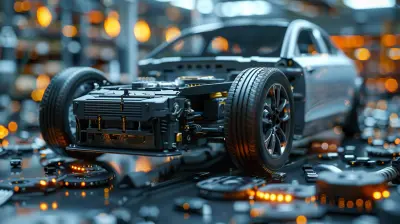
Solid-State Batteries: The Next Leap for Electric Vehicles

What Makes a Battery "Smart"?

Wireless Charging and Its Impact on Mobile Accessories

Exploring V: A Fast and Simple Programming Language

How to Choose the Perfect Smartphone for Your Needs

The Evolution of EV Range: From Early Models to Today’s Capabilities

Exploring the Role of AI in Cybersecurity

How to Set Up a Smart Home: The Ultimate Beginner’s Guide

Why Cloud-Native Applications are the Future of Software Development

How to Choose the Right Electric Bicycle for Your Lifestyle

How Wireless Charging Works: A Deep Dive

The Benefits of Electric Vehicles for Ride-Sharing Services